
The Tpm Pillars
In the world of manufacturing and process optimization, Total Productive Maintenance (TPM) stands as a beacon of efficiency. Developed in the 1960s, this approach is all about maximizing equipment effectiveness and minimizing downtime. But what are the Tpm pillars that support this noble quest? Let’s dive right in!
The Foundation: 5S
At the heart of TPM lies the 5S methodology, which is like the Swiss Army knife of organizational practices. It consists of:
- Sort: Eliminate unnecessary items from the workspace.
- Set in Order: Organize tools and materials for easy access.
- Shine: Keep the workspace clean and tidy—because who likes working in a pigsty?
- Standardize: Develop standards for processes to ensure consistency.
- Sustain: Maintain the discipline of the first four S's.
Think of 5S as the foundation of a house. If it’s shaky, the whole structure is at risk. You wouldn’t want your equipment to feel like it’s living in a messy dorm room, right? 😅
The Eight Supporting Pillars
Now, let’s talk about the eight pillars of TPM. These aren’t just fancy decorations; they are essential for building a robust maintenance culture:
- Autonomous Maintenance: Empower operators to take charge of their equipment, making them the superheroes of maintenance.
- Planned Maintenance: Schedule maintenance activities to prevent breakdowns—because nobody likes surprises, especially not the mechanical kind.
- Quality Maintenance: Focus on maintaining equipment to produce quality products. After all, no one wants to be the reason for a product recall.
- Focused Improvement: Encourage teams to identify and eliminate inefficiencies. It’s like decluttering your mind but for machines.
- Early Equipment Management: Involve maintenance from the design stage of new equipment. Because nobody wants to deal with a lemon!
- Training and Education: Invest in training to ensure everyone knows their stuff—knowledge is power, folks!
- Safety, Health, and Environment: Prioritize safety and environmental concerns. A safe workplace is a happy workplace!
- TPM in the Office: Don’t forget that TPM principles can also apply to administrative processes. Yes, even your paperwork can benefit from a little TLC!
These pillars work hand-in-hand to create a culture of proactive maintenance, where everyone is involved and invested in the success of the operations. It’s like a well-oiled machine—pun intended!
The Role of OEE
Now, how do you measure the success of these pillars? Enter Overall Equipment Effectiveness (OEE). This nifty metric helps track how much of your planned production time is actually productive. It’s like checking your bank account after a shopping spree—sometimes, the numbers don’t lie. 🤑
OEE is crucial for identifying areas of improvement and ensuring that the TPM initiatives are delivering the desired results. It’s all about achieving “perfect production,” which sounds like a lofty goal but is totally achievable with the right approach.
Conclusion
In summary, the Tpm pillars are not just a set of guidelines; they are the backbone of an efficient and effective maintenance strategy. By embracing the 5S foundation and the eight supporting pillars, organizations can boost equipment reliability and enhance productivity. So, roll up those sleeves and get ready to transform your maintenance game!










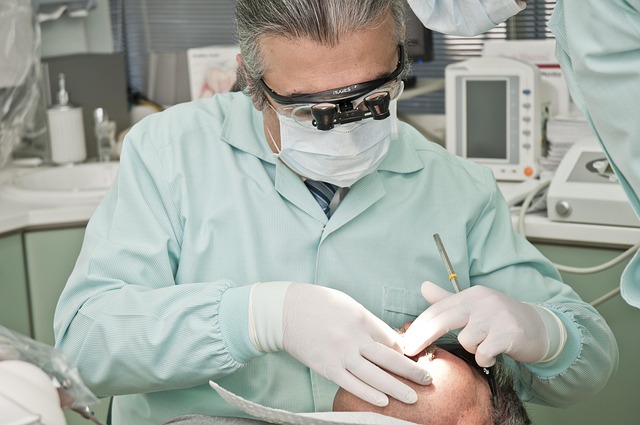
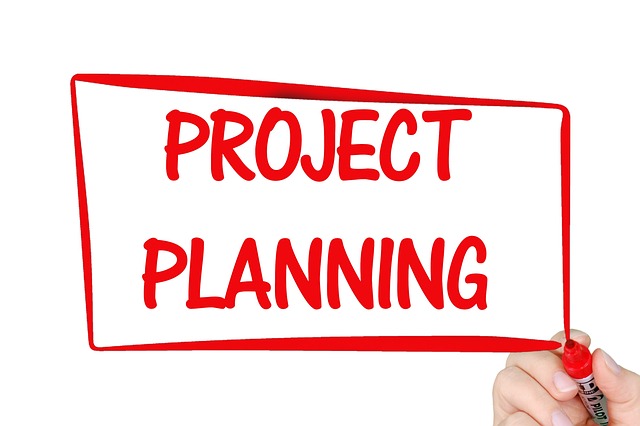
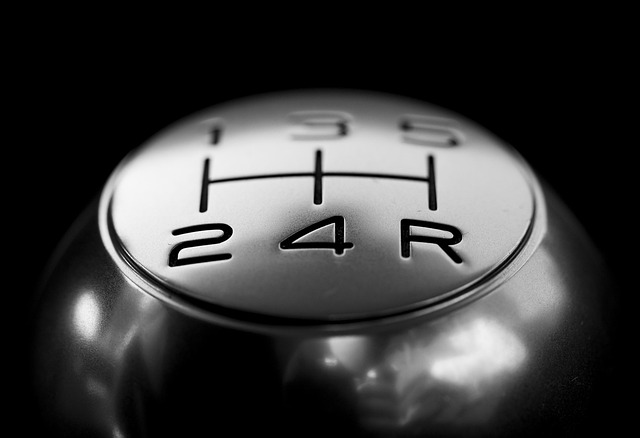
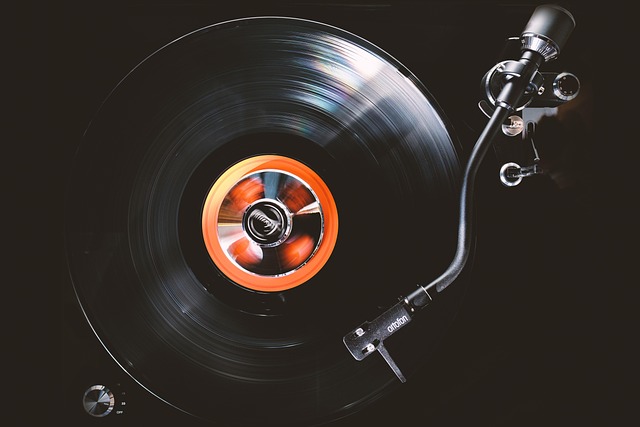
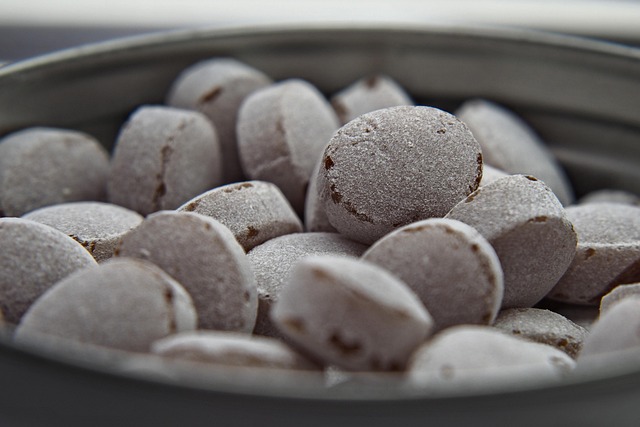


 Cape Ann Animal Aid
Cape Ann Animal Aid 
 Health
Health  Fitness
Fitness  Lifestyle
Lifestyle  Tech
Tech  Travel
Travel  Food
Food  Education
Education  Parenting
Parenting  Career & Work
Career & Work  Hobbies
Hobbies  Wellness
Wellness  Beauty
Beauty  Cars
Cars  Art
Art  Science
Science  Culture
Culture  Books
Books  Music
Music  Movies
Movies  Gaming
Gaming  Sports
Sports  Nature
Nature  Home & Garden
Home & Garden  Business & Finance
Business & Finance  Relationships
Relationships  Pets
Pets  Shopping
Shopping  Mindset & Inspiration
Mindset & Inspiration  Environment
Environment  Gadgets
Gadgets  Politics
Politics 